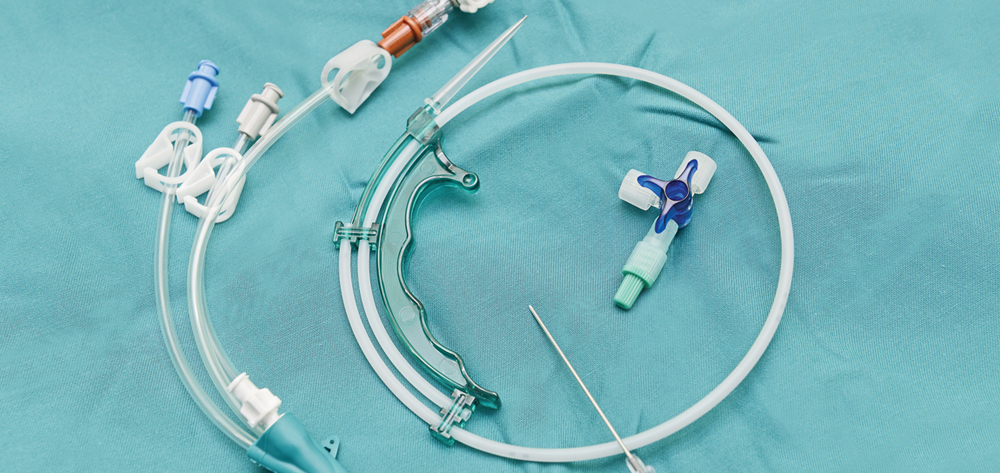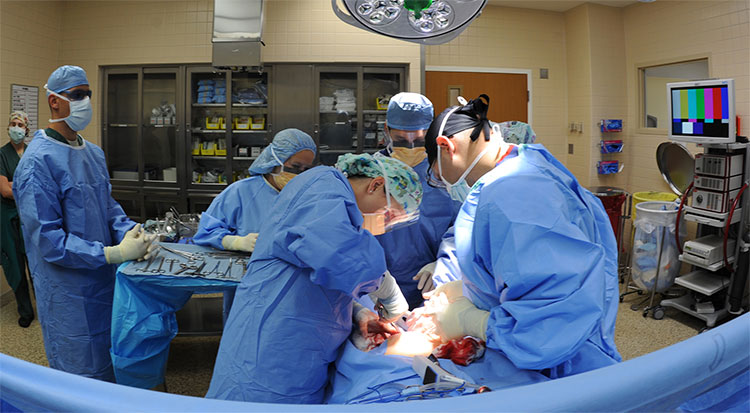As a nurse, you’re likely familiar with the added workload of caring for patients with healthcare-associated infections (HAIs)—catheter-associated urinary tract infections (CAUTIs), central line–associated bloodstream infections (CLABSIs), surgical-site infections (SSIs), and ventilator-associated pneumonia (VAP).
HAIs impose a staggering burden: More than 700,000 occur in American hospitals each year; on any given day, about one in 25 inpatients have one or more HAIs. How many patients would that translate to in your facility? Typically, these patients require more intensive monitoring, more frequent interventions, and more direct care than other patients and have longer stays.
What’s more, at least 75,000 of patients with HAIs die in the hospital. Those who survive to discharge may experience short-term or lifelong disabilities that significantly affect quality of life and earnings potential and strain family relationships. Direct annual costs of HAIs come to nearly $10 billion.
Almost half of HAIs are linked to invasive devices, such as urinary catheters, central lines, and ventilators, or surgery. Think about how many patients in your facility have these devices or undergo surgery. As you can imagine, opportunities to acquire HAIs are numerous—but so are opportunities to prevent them.
By leading and participating in prevention efforts, nurses can play a major role in reducing these infections. Recently, nurses have been collaborating with infection preventionists, physicians, quality-improvement specialists, pharmacists, and others to significantly decrease HAIs and reduce their impact on patients, families, nurses and other caregivers, and hospital bottom lines. Together, we’ve crafted and implemented both innovative and basic solutions.
Nationally, we’ve seen positive outcomes of these efforts, including a 46% decrease in CLABSIs and a 19% decrease in SSIs between 2008 and 2013. Yet much work remains to reduce these numbers toward the goal of zero. (In fact, CAUTIs increased 6% between 2009 and 2013.) Nurses are uniquely qualified to lead change and transform healthcare processes and outcomes to reduce the burden of HAIs.
This special report updates you on best practices, innovative monitoring and tools, prevention processes, and intervention strategies to assist you in leading the journey toward reducing HAIs. Each article offers succinct overviews of important HAI topics. We hope you’ll find them useful as you collaborate with other healthcare professionals to achieve the goal of zero HAIs. n
Selected references
Institute of Medicine. The Future of Nursing: Leading Change, Advancing Health. Washington, DC: National Academies Press; 2010. http://www.nursingworld.org/MainMenuCategories/ThePracticeofProfessionalNursing/workforce/IOM-Future-of-Nursing-Report-1
Magill SS, Edwards JR, Bamberg W, et al.; Emerging Infections Program Healthcare-
Associated Infections and Antimicrobial Use Prevalence Survey Team. Multistate point-prevalence survey of health care–associated infections. N Engl J Med. 2014;370(13):
1198-208.
Zimlichman E, Henderson D, Tamir O, et al. Health care–associated infections: a meta-analysis of costs and financial impact on the US health care system. JAMA Intern Med. 2013;173(22):2039-46.
Amanda Hessels is a postdoctoral research fellow at Columbia University School of Nursing, Center for Interdisciplinary Research to Prevent Infections, and a nurse scientist at Meridian Health in Neptune, New Jersey.







1 Comment.
From all I can gather the whole room and equipment measure to achieve best practices would be altapure, which insures a 1005 pathogen outcome